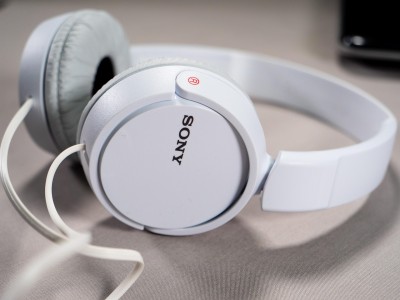Noise-cancelling earplugs have become an essential tool for many individuals seeking peace in an increasingly noisy world. Whether it’s the hum of city life, the chatter of crowded spaces, or the incessant sounds of construction, these earplugs offer a sanctuary of silence. As people prioritize mental well-being and focus, the demand for effective noise-cancelling solutions has surged. Understanding the intricacies of how these earplugs work and their benefits can enhance the user experience and lead to better choices. This exploration delves into the various aspects of noise-cancelling earplugs, revealing their significance in our daily lives.
The technology behind noise-cancelling earplugs primarily revolves around sound wave interference. These earplugs are designed to detect incoming sound waves and produce opposing waves to cancel them out. This process is known as destructive interference, which effectively reduces the perceived volume of external noises. By understanding this fundamental principle, users can appreciate the science that enables these earplugs to provide a quieter environment.
Different types of noise-cancelling earplugs cater to various needs and preferences. Active noise-cancelling earplugs use electronic circuits to analyze and counteract ambient sounds. In contrast, passive noise-cancelling earplugs rely on physical barriers to block sound. The choice between these options often depends on the user’s specific environment and the level of noise they wish to mitigate. For instance, frequent travelers may prefer active earplugs for their ability to adapt to varying noise levels in airplanes.
Comfort is another crucial factor when selecting noise-cancelling earplugs. Many users wear them for extended periods, making fit and material essential considerations. Earplugs made from soft silicone or foam tend to provide a more comfortable experience, especially for those who may wear them overnight. The design of the earplugs can also influence their effectiveness; options that conform to the ear canal’s shape typically offer better noise isolation.
Noise-cancelling earplugs are not just for blocking out unwanted sounds; they also play a significant role in improving concentration. For students studying in noisy environments or professionals working in open offices, these earplugs can create a more conducive atmosphere for focus. By minimizing distractions, users can enhance their productivity and overall performance. This aspect highlights the potential benefits of incorporating noise-cancelling earplugs into daily routines.
Moreover, these earplugs can significantly improve sleep quality. Many individuals struggle with falling asleep due to disruptive noises, such as traffic or loud neighbors. Noise-cancelling earplugs can help create a serene sleeping environment, allowing for deeper and more restorative sleep. This benefit is particularly valuable for shift workers or those living in urban areas, where noise pollution is prevalent.
Health professionals have also recognized the importance of reducing noise exposure. Prolonged exposure to loud environments can lead to hearing loss and other auditory issues. By using noise-cancelling earplugs, individuals can protect their hearing while still enjoying social interactions or attending events. This protective aspect emphasizes the role of earplugs in promoting long-term auditory health.
In terms of usability, many modern noise-cancelling earplugs come with additional features. Some models include Bluetooth connectivity, allowing users to listen to music or take calls without removing the earplugs. Others may offer adjustable noise cancellation levels, giving users control over their auditory environment. These features enhance the overall experience and make noise-cancelling earplugs more versatile for various situations.
Despite their many advantages, users should also be aware of potential drawbacks. Some individuals may experience discomfort when wearing earplugs for extended periods. Additionally, not all noise-cancelling earplugs are created equal; the effectiveness can vary significantly between brands and models. It’s essential for users to research and test different options to find the best fit for their needs.
The market for noise-cancelling earplugs continues to evolve, with advancements in technology and design. As more people recognize the value of sound management, future research could focus on improving comfort, effectiveness, and user experience. Innovations in materials and technology may lead to even more efficient noise-cancelling solutions, making them accessible to a broader audience.
Noise-cancelling earplugs are invaluable tools for enhancing quality of life in a noisy world. Their ability to reduce unwanted sounds can lead to improved concentration, better sleep, and long-term hearing protection. As technology advances, the potential for even greater effectiveness and comfort exists. Future research should explore new materials and designs to enhance user experience further, ensuring that everyone can benefit from the peace that noise-cancelling earplugs provide.

